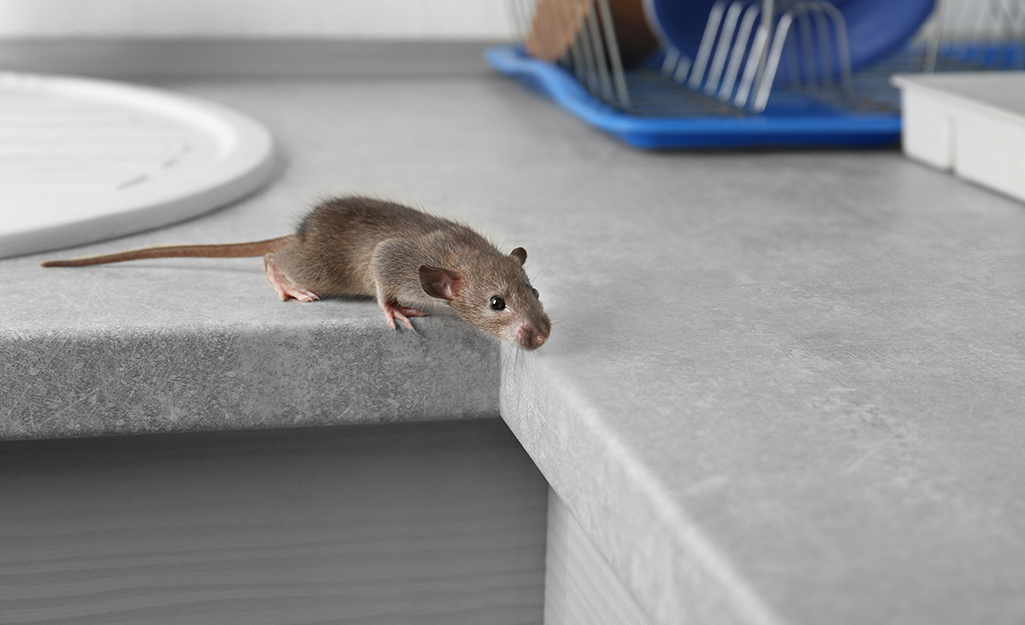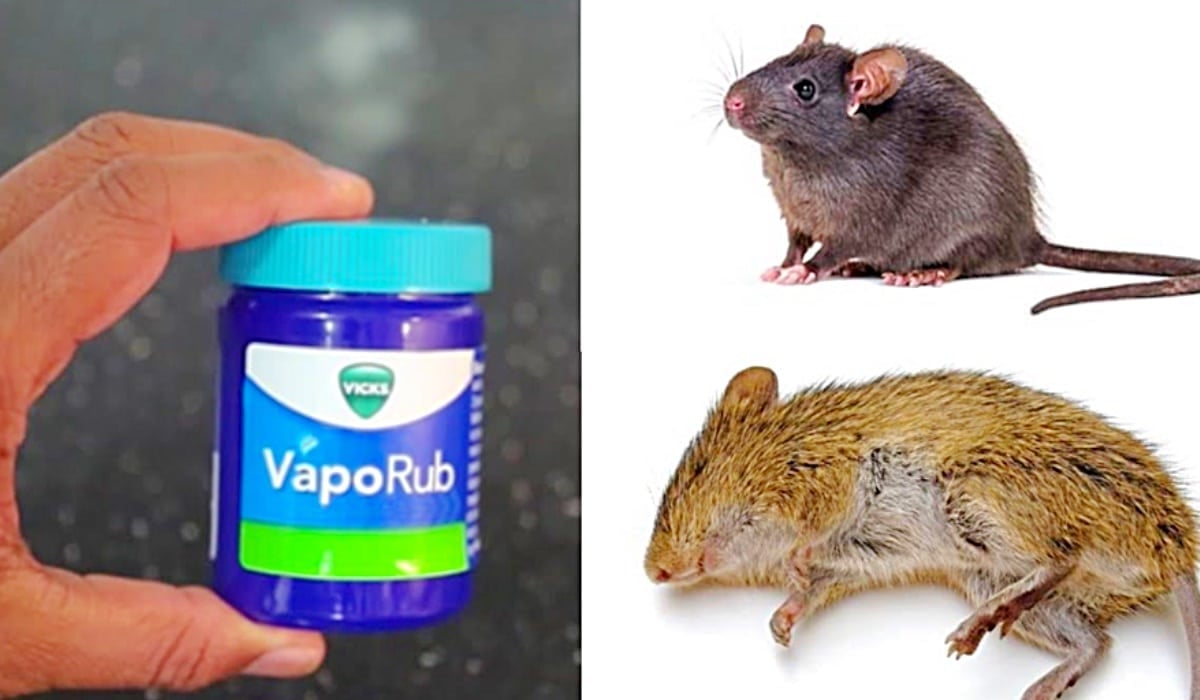Get Rid Of Rats
Get Rid Of Rats

Here are the Pests!
Contact Us To Request Inspection Rats can be a nuisance in your home.
The rats are not only unattractive, they also pose a threat to health and can spread diseases to those around them.
You may also find them destructive. They will chew through insulation and wires, as well. It is essential that you eliminate rats as quickly and effectively as possible if your home wants to be reclaimed.
Do not worry, though, as it’s possible to accomplish this safely.
Here at Smith’s Pest Management, we’ve helped thousands of customers around the San Francisco Bay Area handle their rat problems. In this post, we’re sharing our top rodent control tips so you can do the same.
Let’s get started.
/best-ways-to-rid-rats-2656478-ADD-COLOR-V2-2c50b93c69e945abb6487e0c9c27b5b7.png)
Five Reasons Rats Are Not a Good Idea for Your Home
Even if your pet or children have a fondness for rats you should not allow them to live in your home. You should immediately get rid of the rats if you find them.
1. Deadly diseases can be transmitted to rats by contaminating soil, water and dust.
2. For rats, there is no mating time. In ideal circumstances, the female may become pregnant seven times a year and give birth to around eight pups per litter. Norway rat populations can increase by a factor of 10 in just 15 weeks.
3. Rats will forage on just about anything. One study showed that rat stomachs could hold over 4,000 diverse items.
4. A rat’s incisor teeth grow around 5 inches per year. Their ability to wear them down makes them sharp and they can chew on any hard surface, including concrete or electrical wires.
5. The average life expectancy of rats is approximately 1 year. However, those who have been able to find shelter inside can live up to 3 years.
Finding a rat in your basement, garage, or home can be quite distressing. But you have the power to do it! If you do all of the things we recommend, your house should be free from rats in no time. Use our Learning Library for more information on rat removal as well as how to control them.

1. The First Step For Rat Control Is Sanitation, Inspection And Exclusion
Rat removal begins with inspection. Once you know the location of the rats, you can set traps or place bait.
This is one of the most important methods for rodent control. You will be able to keep the rats out of your house or building by doing this. Rats are easier to exclude than mice because rats a typically larger. Mice can enter an opening as small as 3/8″ wide. For mice to be prevented from entering any opening greater than 1/4″, it is best that they are sealed. For rats, all openings greater than 1/2″ should be sealed.
You should also check out the Section on Sanitation, which is an essential consideration for rodent control.
Roof rats are especially wary of any change in the environment, including new food and new objects. Their curiosity is what drives them to investigate their surroundings. You should avoid traps or bait stations for just a day. Rats are cautious when they approach food and objects new. Some rats are less cautious, and they avoid being caught or eat rodent baits. Rat Baiting tips and Rat Trapping Advice.

2. A second step in rat control is trapping or baiting
The Pests Stop Here!
“>get rid of rats by trapping them or using rodent baits.
Some advantages can be derived from trapping as compared to baiting. It provides an alternative for those who do not want to place rodenticides.
When done correctly, trapping can produce quick results if the rats are not too numerous.
You can also trap the rats to ensure that their smell doesn’t spread into an inaccessible place.
Rodentsicides, also known as poison baits, should only be applied in places where children and domestic pets can’t get to them.
Protect yourself against accidental poisoning by using tamper resistant bait stations. These bait stations can hold baits in place while keeping pets and children away.

Keeping Rats Out
It’s easier to prevent rats from coming in than it is to remove them after they move in. However, these steps are a good way to keep rats out once they’ve moved in. The three-step method is described below.
Never feed rats. You can limit the food sources of rats by placing garbage in trash bags made from heavy duty or coated plastic. The heavy duty plastic cans on wheels are resistant to rats’ chewing, and so are metal cans. Repair any leaks in the plumbing to turn off their water supply. You should keep your house and backyard clean. Remove uneaten pet foods. Keep your bird feeder empty. Clean up food spills. Store food in rat-resistant containers. Avoid keeping food in basements.
Remove rats’ shelter. Resurface wooden basement floors inside with poured concrete. You should place storage racks 18 inches from the floor. You can move appliances, sinks, and cabinets to be flush with the wall. You can also restrict the shelter of rat infestations outdoors by sealing all structures and taking down any outside shelters such as junk piles, walls, and appliances. You must keep the entire property clean. Place wood or other stored materials at least 18″ above the ground, away from walls. You should clean up the space behind any wooden steps.
These should not be allowed to enter. Install self-closing, outward opening doors and spring locks. You should check that all doors and windows shut tightly. For windows left unlocked, you can use metal screens. The hardware cloth is a 1/2-inch thick wire mesh that protects basement windows. Protect the screens and doors from gnawing with hardware cloth or sheet metal. Use tin cans or sheet metal to create a border around the wire and pipe openings. Rats can’t chew through metal easily. Keep sewer rats out by fastening floor drains.

Rat’s Tale highlights the difficulty of tracking down a pest
Download
'; document.getElementById("demo").innerHTML = output;